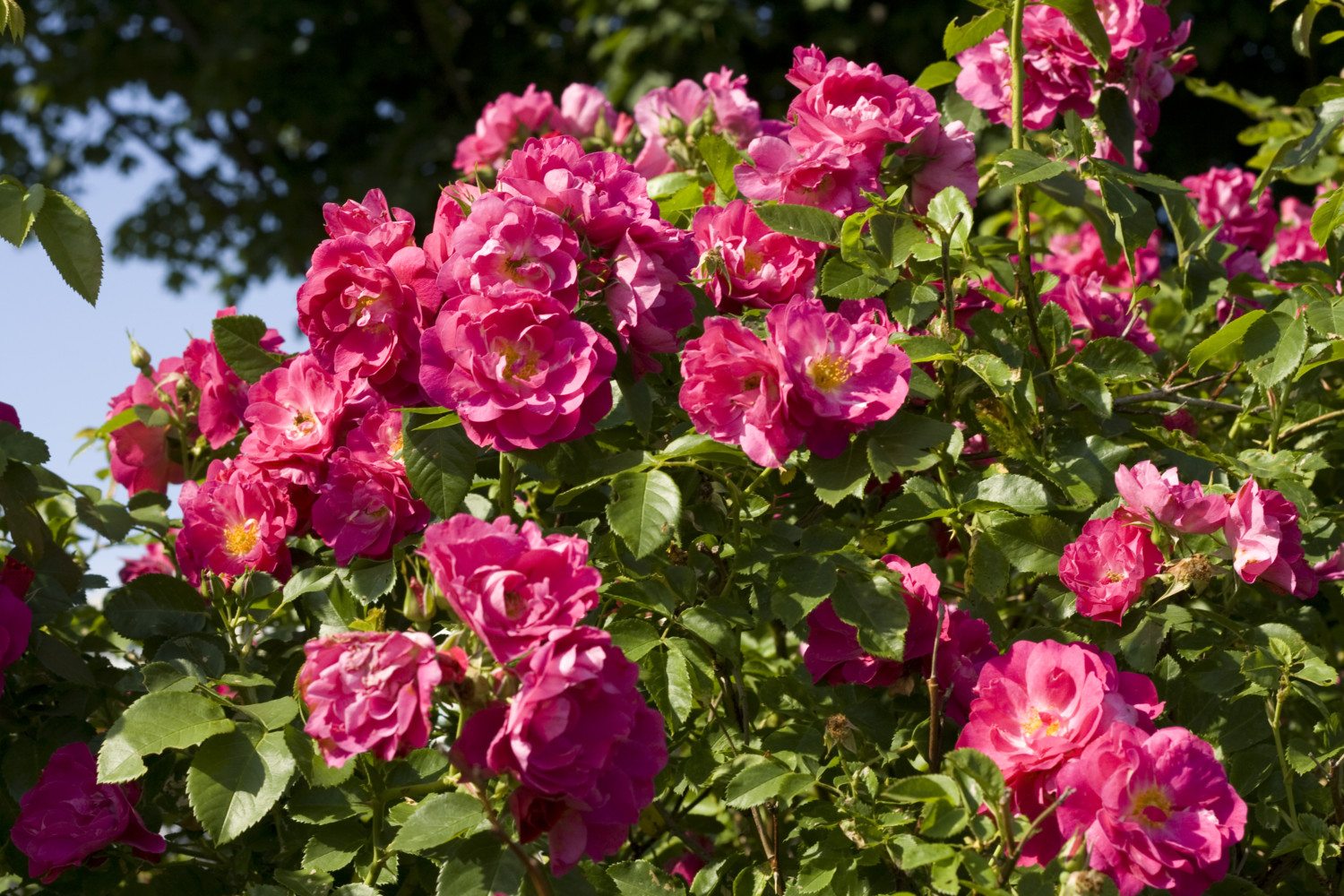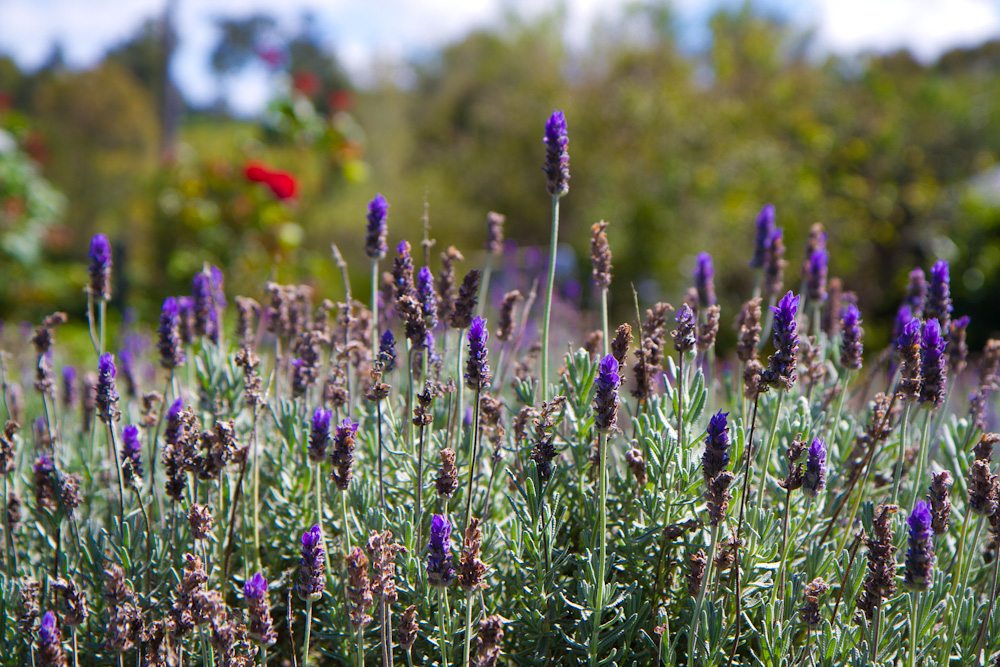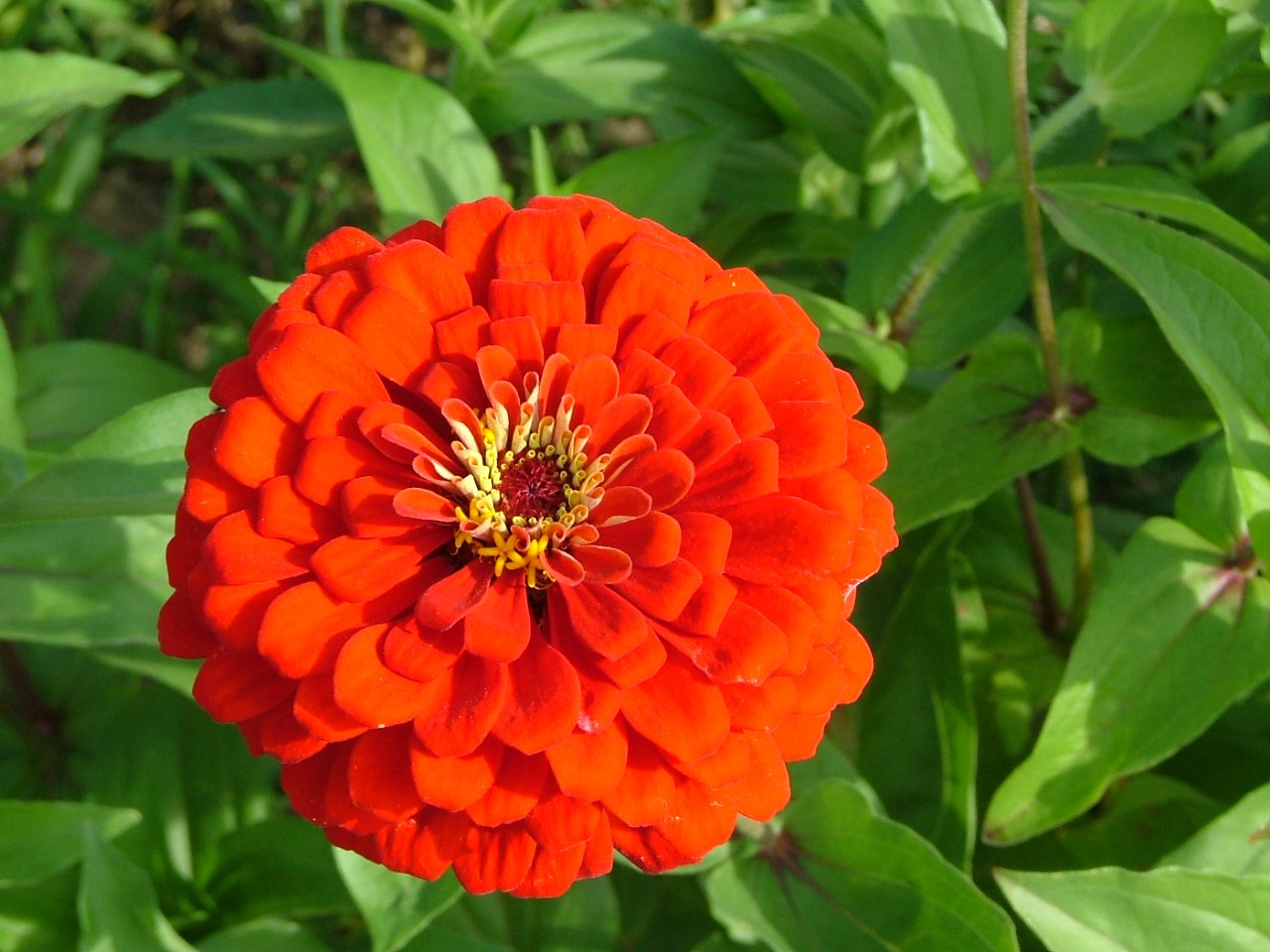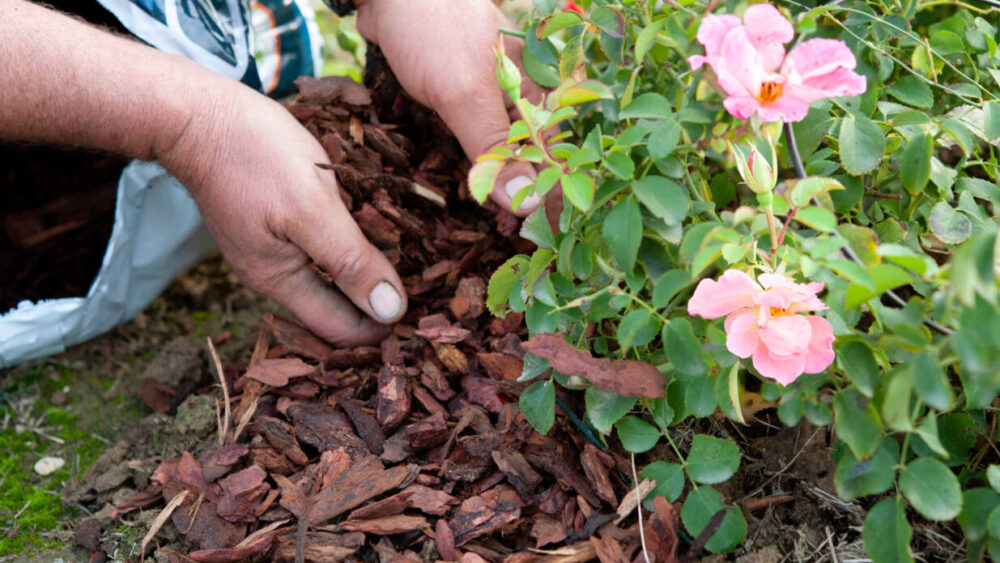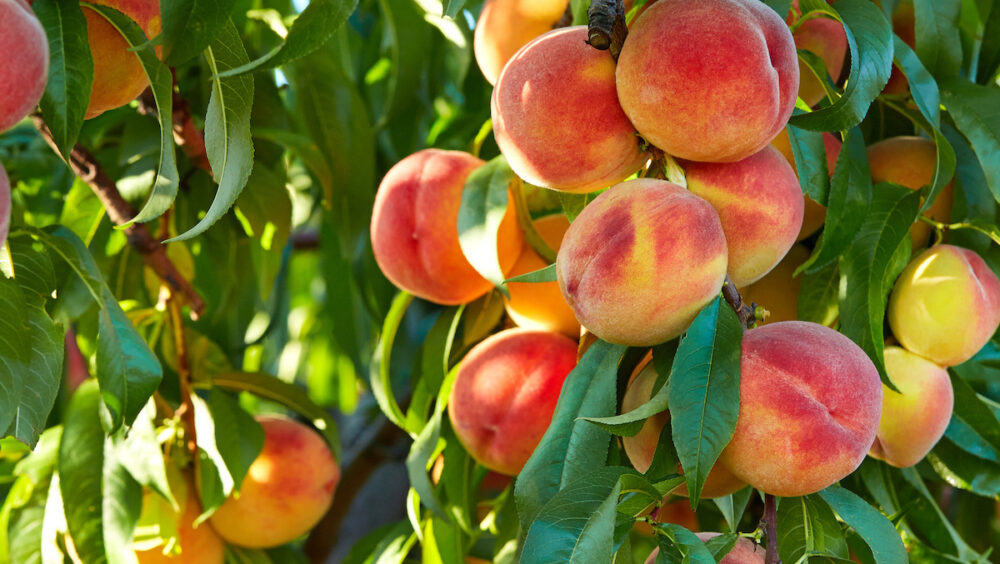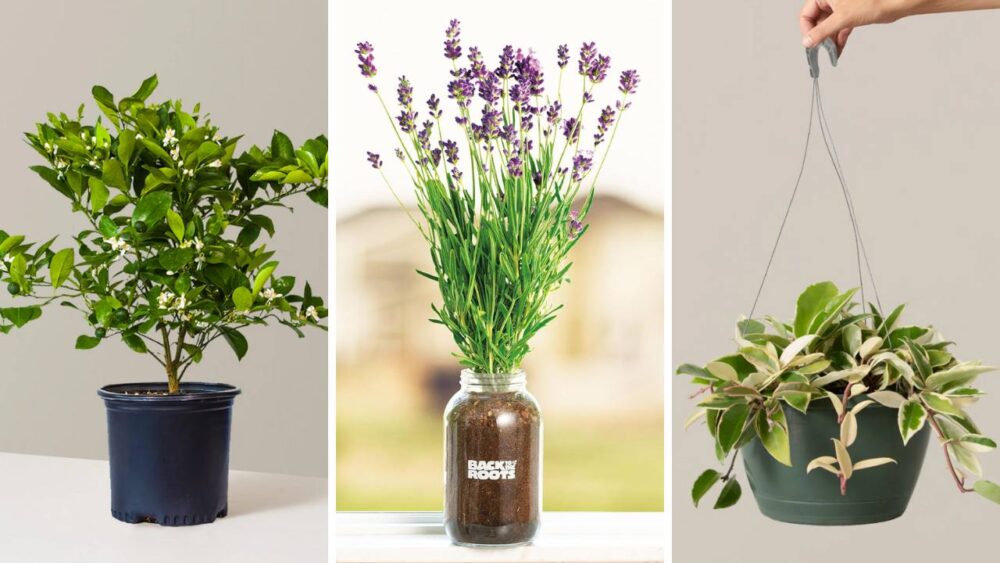How to know what plants to deadhead and when
Although it may still feel like winter in some parts of the country, springtime is nearly here. And for those of us with a green thumb, that means it’s time to do some spring cleaning in the garden.
Though you likely have many chores to tackle on your to-do list, don’t forget to deadhead your flowers. It not only improves the appearance of your plants, but makes them healthier as well.
What Is Deadheading, Exactly?
Although it may sound ominous (or like something related to the band Grateful Dead), deadheading basically means to remove faded or dead flower heads from plants. Doing so helps to divert the plant’s energy from the dying flowers to new flower heads, encouraging your plants to conserve their energy. As a result, you’ll enjoy healthier, hardier plants.
Deadheading may even extend the blooming period for perennials, and for plants like lavender that rebloom after pruning.
How Do You Deadhead A Plant?
To deadhead a flower, snip or pinch off the flower head. As long as you are only removing the flower stem above the first healthy leaf, the practice should not affect the rest of the plant.
For plants that produce clusters of small flowers, like geraniums, you may want to wait until the entire cluster is dying before shearing the whole plant back.
How Often Should You Deadhead Plants?
Most experts recommend that gardeners begin deadheading their flowers in the spring, at the first sign of a flower’s petals falling off. After that, ongoing maintenance throughout the fall growing period is recommended in order to keep your flowers blooming for as long as possible. Stop deadheading once the weather becomes cooler in order to give your plants an opportunity to reseed themselves.
While it can be hard work to keep a large garden pruned, for flower fanatics, deadheading is a labor of love.
Common Plants That Require Deadheading
Most annual plants, and many perennials, can benefit from deadheading. This includes plants like:
- Baby’s breaths
- Dahlias
- Daylilies
- Delphinium
- Echinacea
- Geraniums
- Lavenders
- Lilacs
- Lupine
- Painted daisies
- Petunias
- Roses
- Rudbeckia
- Zinnias
Low-Maintenance Plants That Don’t Need Deadheading
Gardeners who are short on time, or who find deadheading to be too much of a chore, may want to consider growing lower-maintenance plants, like these:
- Angelonia
- Calibrachoa
- Lantana
- New Guinea Impatiens
- Peony
Happy gardening!


